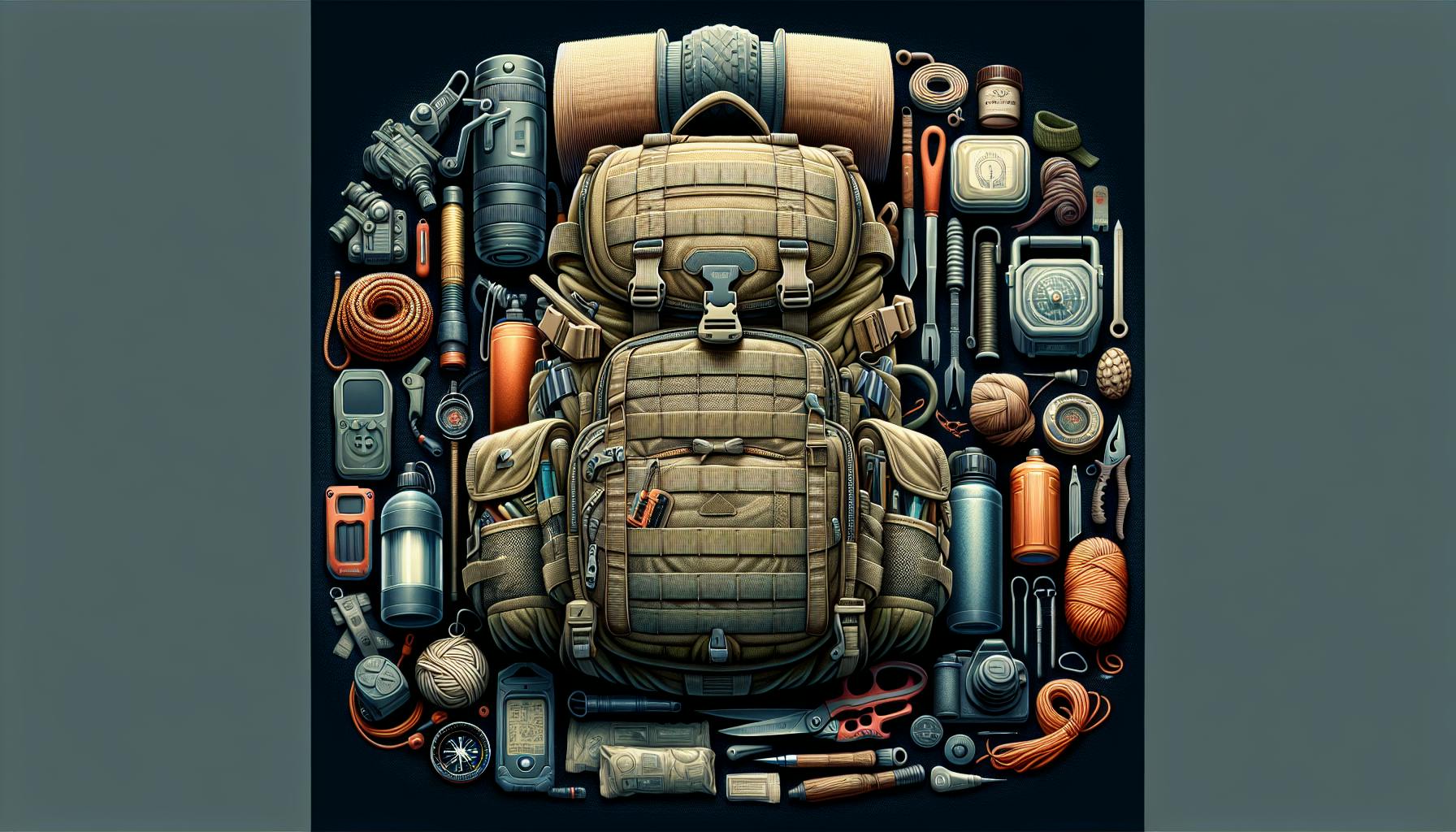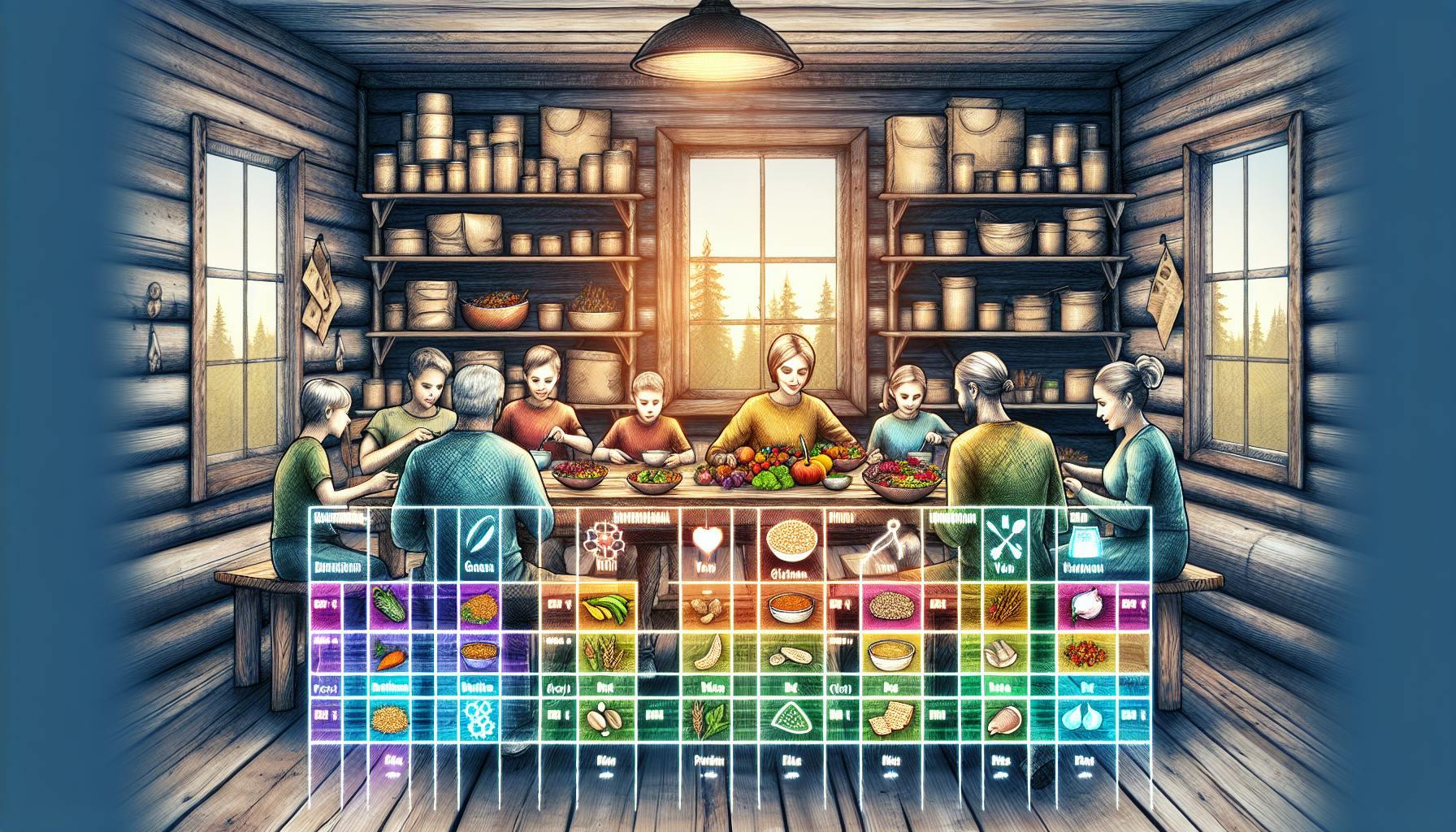Introduction
Prepping for potential doomsday scenarios like natural disasters, pandemics, or societal collapse has become increasingly popular as global instability continues to rise. Having an adequate doomsday stockpile of supplies and gear can make the difference between barely scraping by and successfully riding out a major crisis. The right doomsday stockpile allows preppers to be fully self-reliant for an extended period, able to survive without electricity, running water, access to stores, or other modern conveniences we often take for granted.
A robust doomsday stockpile prepares you for typical emergency situations including:
-
Natural disasters like earthquakes, hurricanes, tornadoes, floods, wildfires that knock out infrastructure and utilities. Stock at least a 3-6 month supply.
-
Pandemic outbreaks that disrupt supply chains and necessitate quarantine lockdowns. Have contingency plans to access supplies when bugging out.
-
Societal collapse due to financial crises, political upheaval, or cyber attacks on critical systems. Invest in quality gear able to withstand long-term use.
-
Nuclear events or electromagnetic pulses that destroy electronics across large territories.
-
Home invasions, riots or widespread criminality that require defending yourself and home. Stock defensive preps like firearms, ammunition, and tactical gear.
Every comprehensive doomsday stockpile must cover several key categories: food/water, emergency/medical supplies, defense equipment, shelter/warmth essentials, and bartering goods. But it's also important to customize your doomsday stockpile list based on your specific situation, risks, and resources.
Food Supplies
Having at least a 3-6 month supply of non-perishable food and water is critical when normal supply chains are cut off. Prioritize foods with long shelf lives that provide calories, nutrients, and comfort:
-
Canned goods like beans, vegetables, fruits, soups, meats. Estimate 50-100 cans per person.
-
Staple grains like 50-100 lbs per person of rice, pasta, oats, wheat for carbs and calories.
-
Freeze dried or dehydrated meals and ingredients for lightweight, 20+ year shelf life options.
-
Protein powders and bars to provide adequate nutrition. Figure 1 lb protein powder per person monthly.
-
Daily multivitamins plus stored vitamins C, D for nutritional gaps.
-
Comfort foods like instant coffee, tea bags, granola bars, chocolate, hard candy.
-
Pet food and supplies for at least one month if you have animals.
-
Water and water purification tools. One gallon per person daily minimum.
Emergency Gear
Stockpile these essential emergency supplies to handle injuries, maintain hygiene, and prepare food if infrastructure fails:
-
First aid kits fully stocked with bandages, medicines, ointments to treat major and minor injuries.
-
Sanitation supplies like toilet paper, feminine products, soap, disinfectants for at least 3-6 months.
-
Portable cookware like camp stoves, fuel cans, mess kits, utensils to cook without power.
-
Flashlights, lanterns, headlamps with lithium or rechargeable batteries. Crank and solar options too.
-
Crank or battery powered radio to receive emergency broadcasts if the grid is down.
-
Fire starting tools like matches, lighters, fire steel, kindling to start campfires for light and cooking.
-
Protective items like gas masks, goggles, gloves for hazardous scenarios.
-
Solar panels and chargers to keep devices and batteries powered off-grid.
Defense Equipment
If law and order breaks down, having adequate defense preps is a top priority:
-
Firearms like handguns, rifles, shotguns plus at least 1000 rounds of ammunition per weapon.
-
Non-lethal options like pepper spray or stun guns as less-than-deadly force.
-
Tactical gear including body armor, helmets, gloves for protecting yourself.
-
Blades including knives, machetes, axes for utility and defense if needed.
-
Alarms, motion sensors, cameras to provide early warning if bugging in at your home.
-
Lock boxes, gun safes to securely store weapons yet keep them accessible.
Shelter and Warmth
If forced to evacuate or shelter-in-place, having portable shelters and insulation is critical:
-
Tents, tarps, bivvy sacks to create shelter. Have a portable tent or tarp shelter for each person.
-
Sleeping bags and blankets insulated to 0°F or lower depending on climate.
-
Waterproof and windproof jackets, pants, boots, gloves rated for extreme cold weather.
-
Towels, emergency blankets, and other insulators to retain body heat.
-
Hand and foot warmers for portable heating. Stock a 30-90 day supply per person.
-
Tools like duct tape, paracord, carabiners to erect shelters and insulate them.
Bartering Goods
When systems are down, bartering becomes critical. Stockpile consumables others will find valuable:
-
Cash in small denominations, ideally in $1s, $5s, and $10s. Aim for at least $1000 per person.
-
Vices like cigarettes, liquor, coffee beans. Have 10-20 cartons of cigarettes, bottles of liquor, pounds of coffee.
-
Precious metals like silver coins or bullion, gold if affordable. Even small amounts are valuable.
-
Batteries, fuel tablets, candles, matches, lighters in bulk packages.
-
Hygiene items like toothpaste, dental floss, soap, feminine products.
-
OTC medicines, vitamins, antibiotics, bandages, analgesics.
-
Seeds, hand tools, knives, fishing line, traps for acquiring food.
Key Considerations
Creating an effective doomsday prepper stockpile requires some key planning:
-
Store supplies in a cool, dry place safe from pests. Use mylar bags and oxygen absorbers to extend shelf life.
-
Rotate stock before expiration and take periodic inventories to replace expired medical supplies, food, and perishable goods.
-
Favor durable, long-lasting equipment able to withstand repeated use. Have backups of critical tools.
-
Verify adequate shelf life on goods like medicines. Factor in special dietary needs.
-
Test equipment routinely like radios and flashlights. Safely test and rotate ammo. Replace batteries in items like fire alarms and EPIRB beacons.
-
Prepare evacuation bags so they are grab-and-go ready in case you must bug out quickly.
Bugging In vs. Bugging Out
Preppers must assess whether to shelter-in-place at home or evacuate:
-
Bugging in relies on using your stockpile at your home location. Fortify home security with alarms, reinforced doors/windows, perimeter warnings, and neighborhood patrols.
-
Bugging out requires leaving quickly with critical portable supplies. Have evacuation routes mapped out in advance and contingency plans to access caches en route.
-
Balance stockpile between home storage and portable bug out bags for either scenario.
Communications
Having communications ability will be critical if disaster strikes:
-
CB radios or walkie-talkies for local communications with a range of 5-10 miles.
-
Longer range HAM radios will be useful for broader regional communications up to hundreds of miles. Get licensed.
-
Weather radio for receiving emergency broadcast information from authorities.
-
Two-way satellite messengers like Garmin InReach allow texting globally.
Final Thoughts
A well-designed doomsday stockpile appropriate to your situation provides vital peace of mind that you can survive a long-term catastrophe by being prepared with the right supplies. Use this doomsday prepper stockpile list as a starting point to evaluate your risks, resources, and needs. Invest today in quality gear that could save your life tomorrow if disaster strikes. Stay vigilant and keep working to enhance your preparedness.


